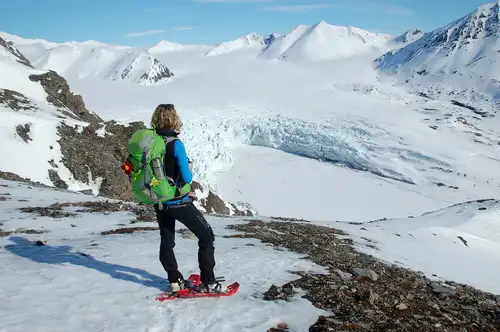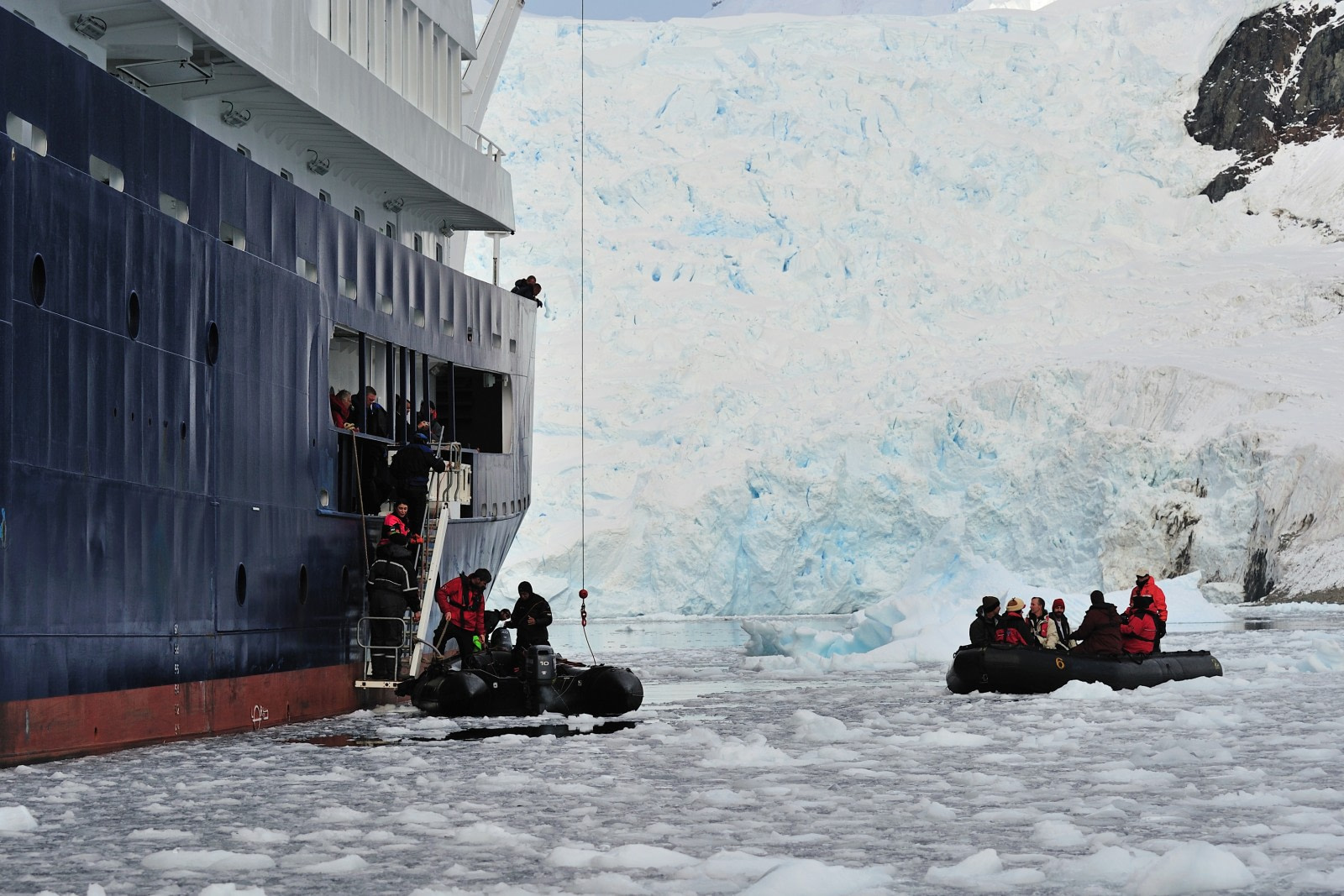Antarctica is renowned for its glaciers, icebergs, and panoramic colonies of penguins. However, less known are the stunning crystal-clear bays that dot the Great White Continent, many of which are explored on our Antarctica cruise routes.
Whether located in the Ross Sea, Weddell Sea, or along the iconic coastline of the Antarctic Peninsula, these beautiful Antarctic bays are central to our deep Southern Hemisphere sailing program.
Here, in alphabetical order, are seven unique bays. Some we sail into, some we anchor in, and some we admire from a distance, but all are essential to the ultimate Antarctic experience.
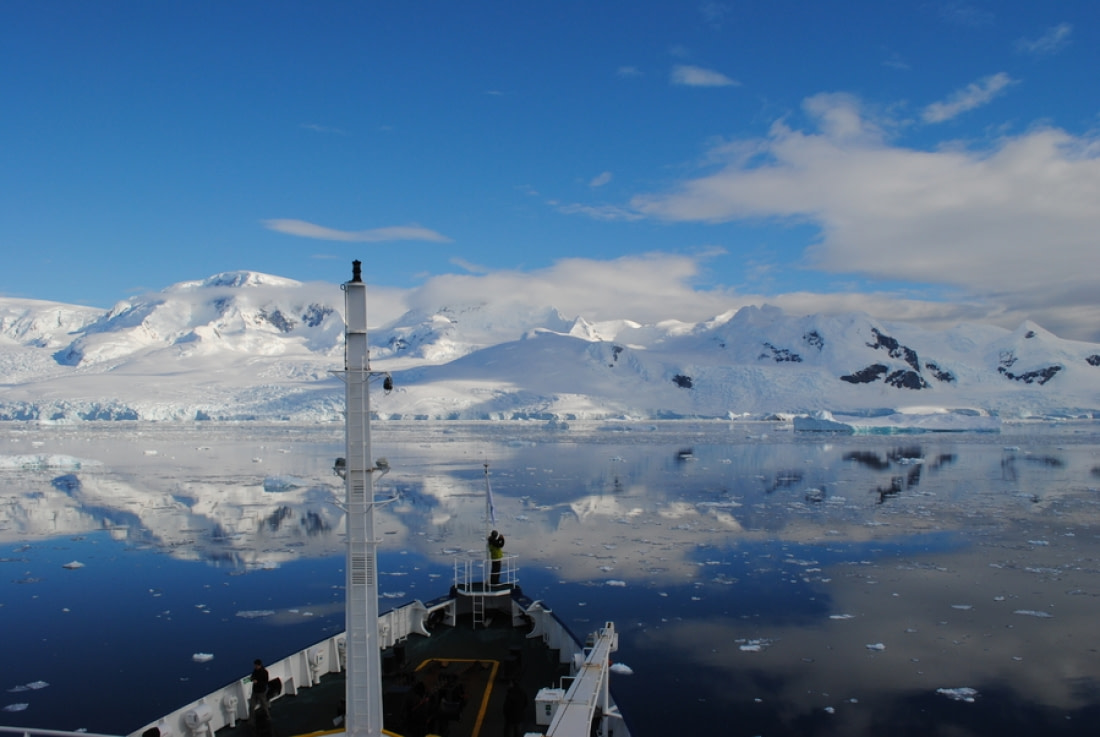
1. Dallmann Bay
Keep an eye out for humpback whales in this quintessential Antarctic bay. Located between Anvers Island and Brabant Island, Dallmann Bay was discovered in 1874 by German whaler Captain Eduard Dallmann. It was later charted by Jean-Baptiste Charcot during the French Antarctic Expedition of 1903 – 05.
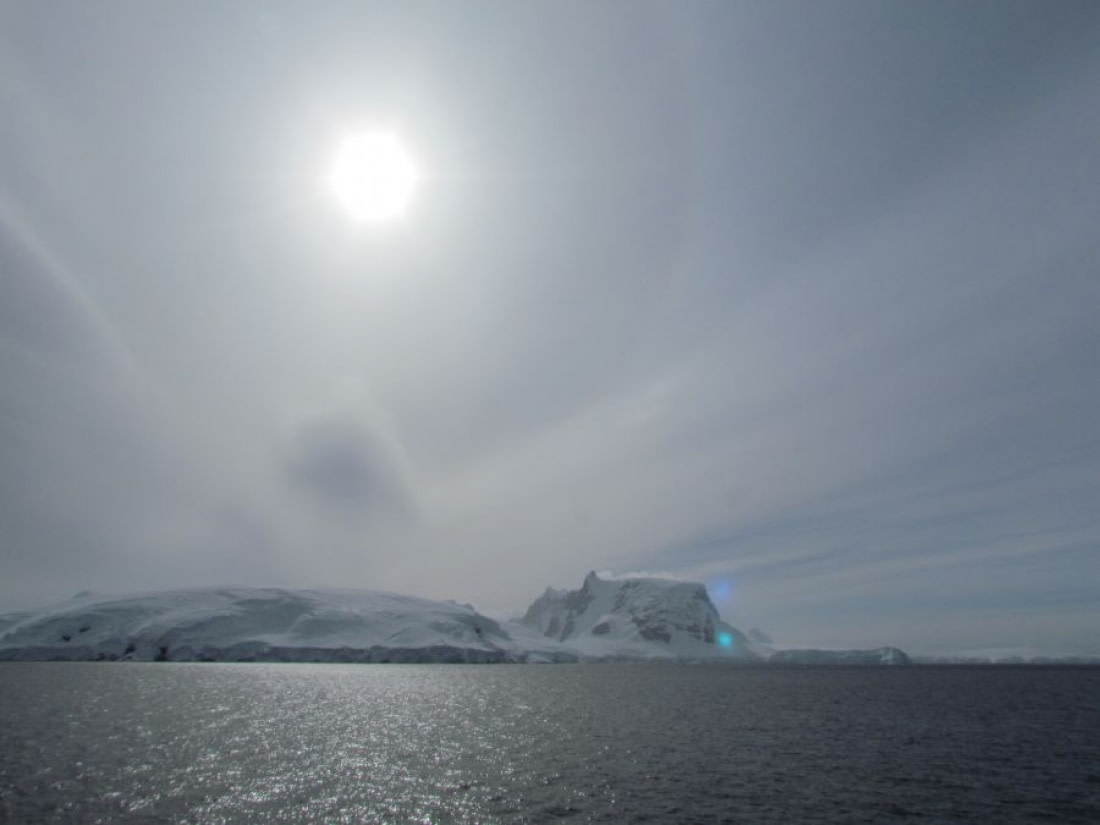
2. Duse Bay
This wonderful Antarctic bay is sometimes seen on our Weddell Sea helicopter trips, which focus on sightings of the emperor penguin. If the weather permits, our helicopters will land on a rocky hillock near an old refuge hut overlooking Duse Bay. From there, we enjoy walks along the lichen-covered terrain.
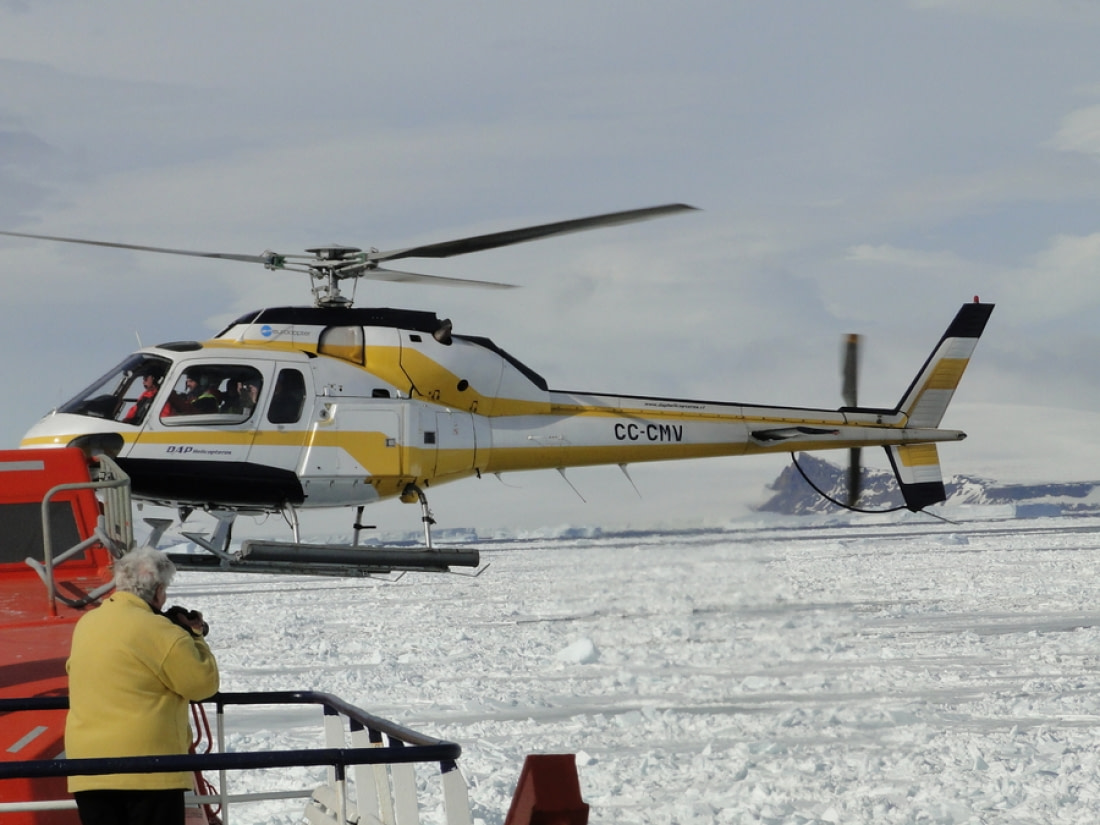
3. Hanusse Bay
This Antarctic bay offers a fine view of scattered icebergs and a good chance of spotting whales. It is situated between the northern Arrowsmith Peninsula and Adelaide Island and was discovered by Charcot during the French Antarctic Expedition of 1908 – 10.
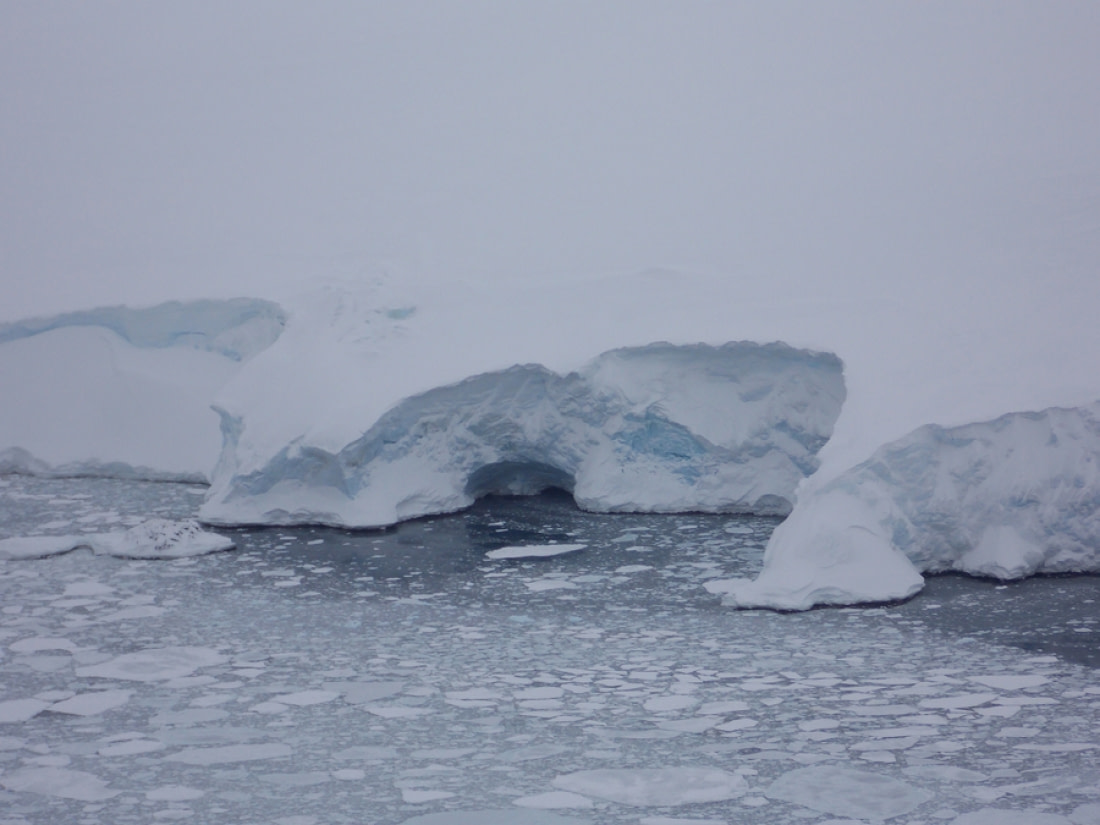
4. Marguerite Bay
Located on the western Antarctic Peninsula, Marguerite Bay is another remarkable discovery by Charcot, who named this expansive bay after his wife. Within Marguerite Bay lie Horseshoe Island, Pourquoi Pas Island, and Lagotellerie Island.
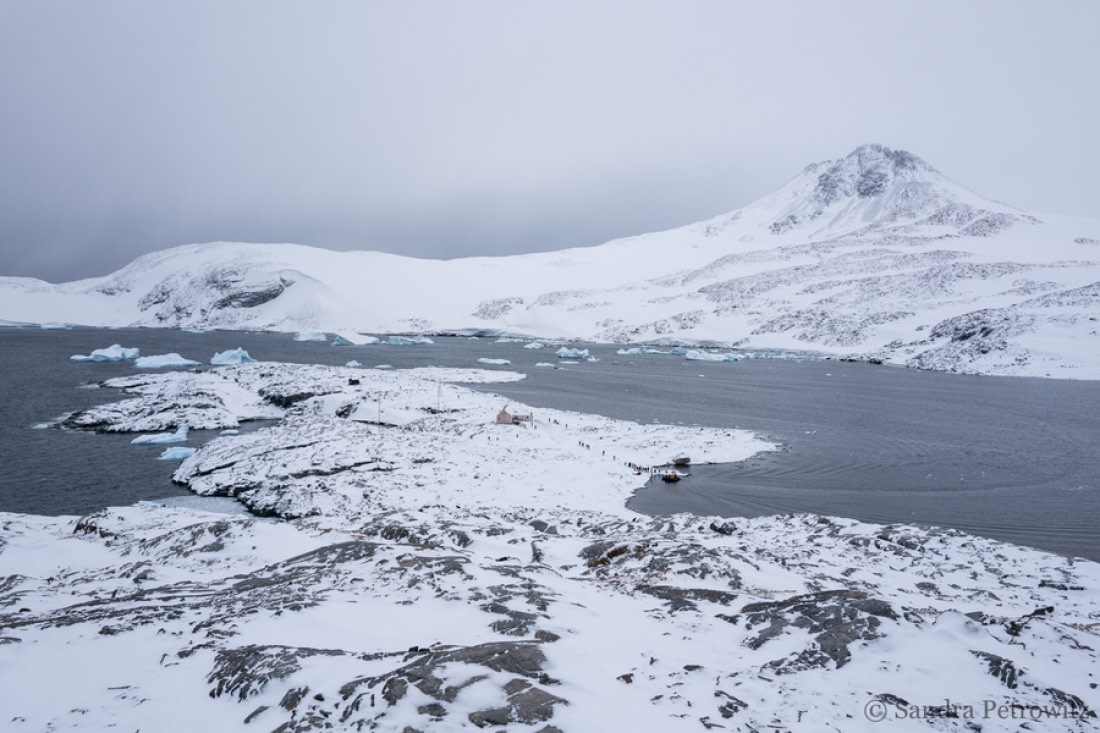
5. Paradise Bay
Arguably the most visually stunning bay in all of Antarctica, Paradise Bay (also known as Paradise Harbor) is an excellent spot for observing humpbacks and minke whales. We aim to visit this spectacular bay on multiple Antarctic voyages, navigating our Zodiacs through its brilliant blue waters while marveling at the dazzling ice formations.
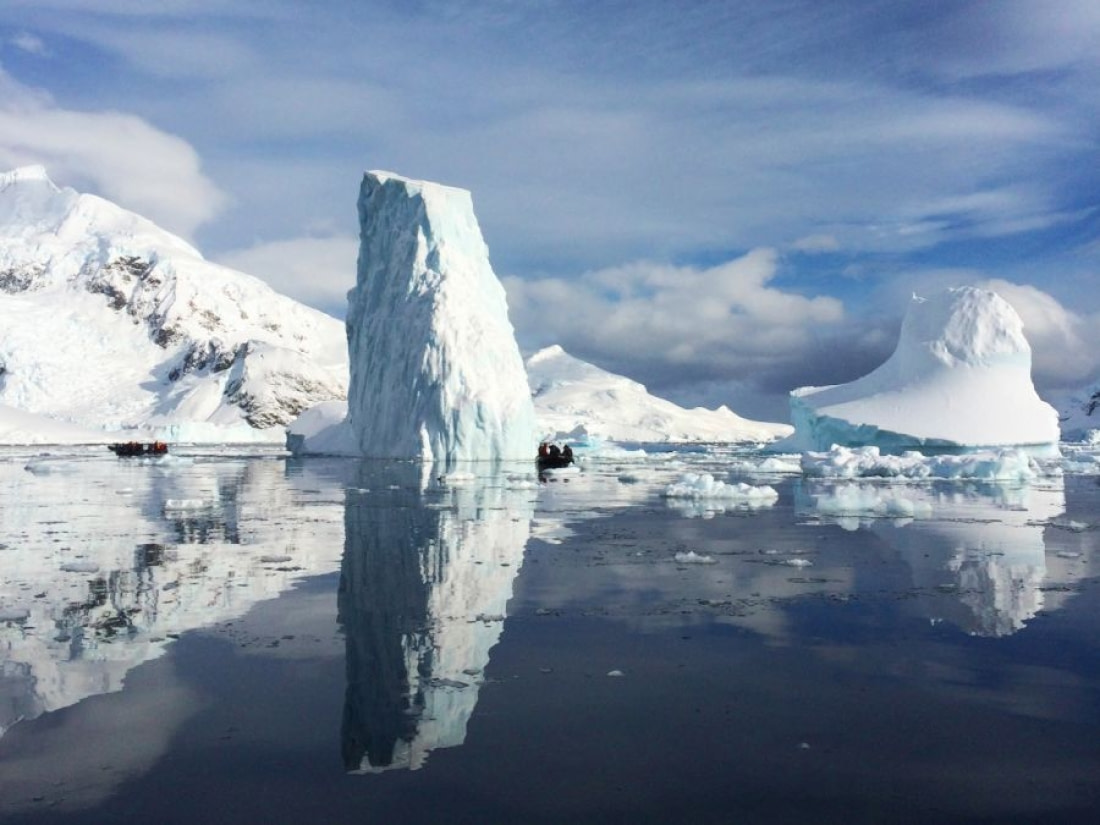
6. Whalers Bay
This famous Antarctic bay is a designated Historic Site or Monument (HSM 71) due to the remnants of the whaling industry from the past century. Wooden boats, abandoned houses, and bleached whale bones tell the story of Antarctica's less peaceful history.
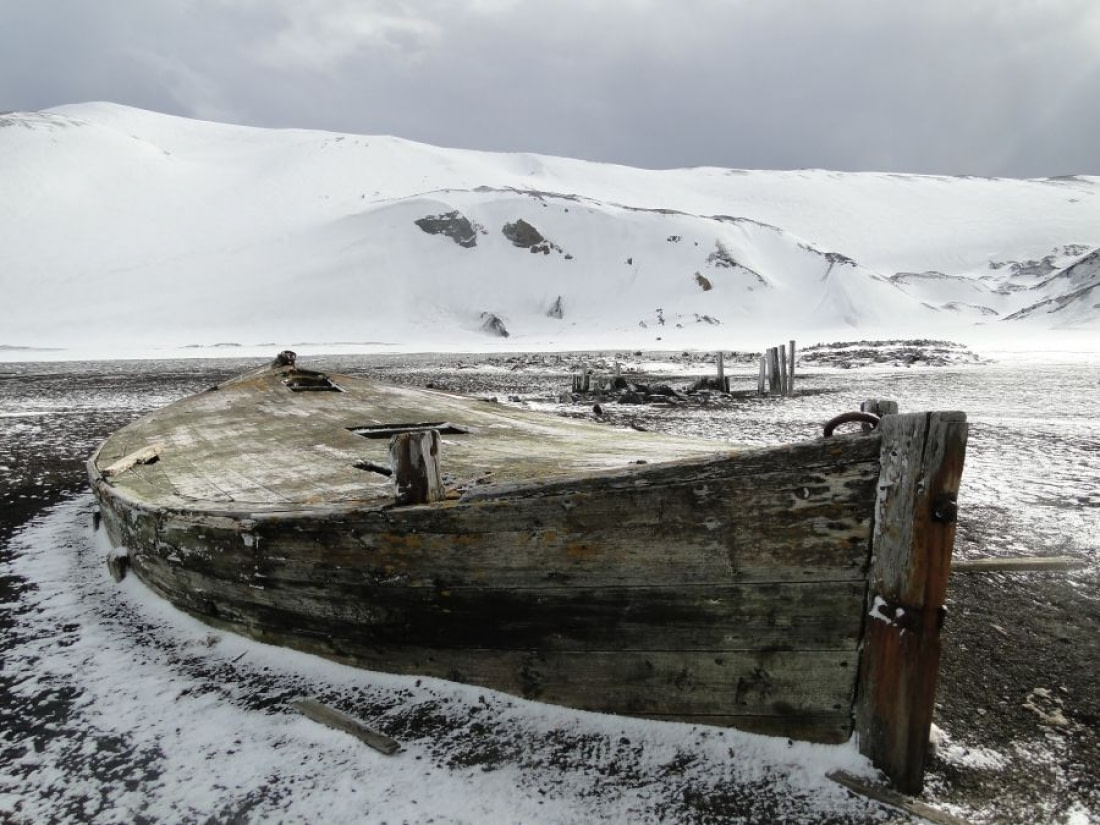
7. Wilhelmina Bay
Another excellent location for humpback whale watching, this Antarctic bay is also ideal for Zodiac cruising. You might even spot the ghostly wreck of the Guvernøren, a whaling vessel that caught fire in 1915. Named after the queen of the Netherlands from 1890 to 1948, Wilhelmina Bay is nicknamed “Whale-mina Bay” due to its abundance of humpback whales.

Blog


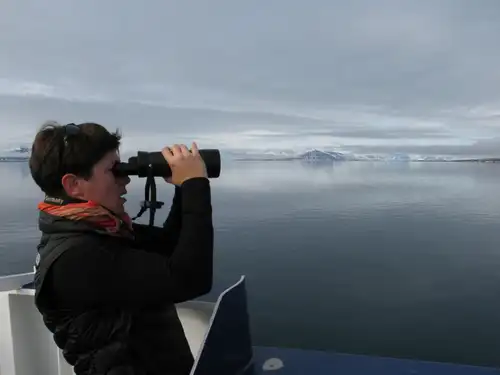
10 Popular Bird Watching Binoculars
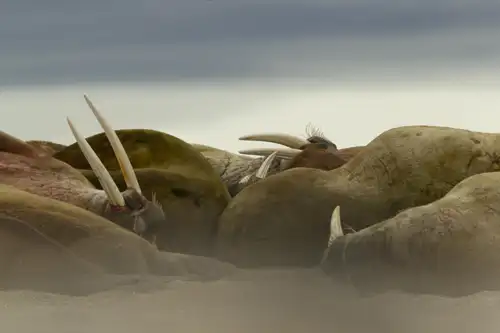
15 Toothy Facts About the Atlantic Walrus
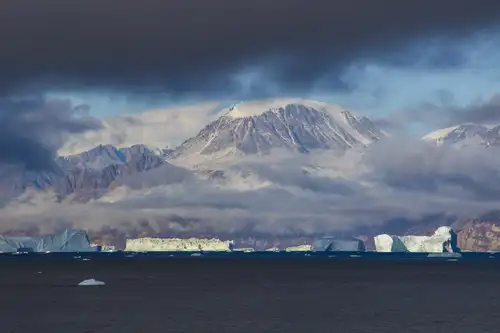
Greenland: East vs. West
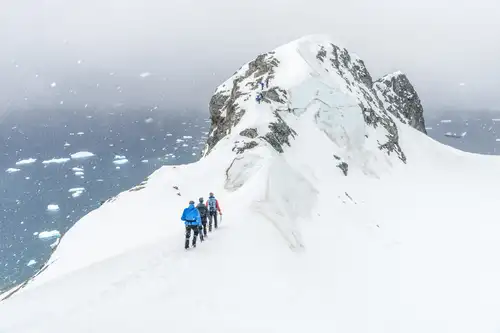
The Ins, Outs, and Ups of Polar Mountaineering & Ski Mountaineering

Antarctic Icon: 44 Facts About the Emperor Penguin
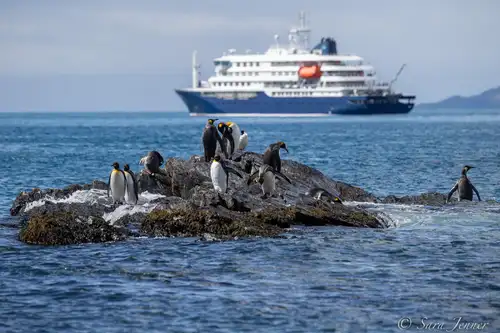
Weddell Sea, Shackleton’s Endurance, and New Swabia

Arctic Mythology: Inuit, Saami, and the Ancient Greeks
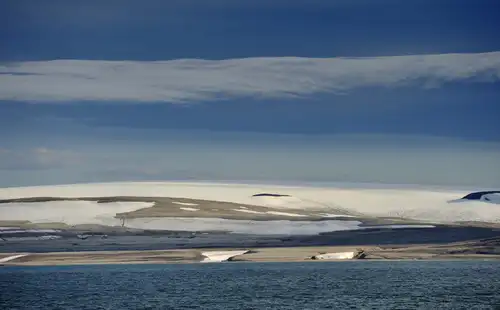
Six Must-See Svalbard Sites
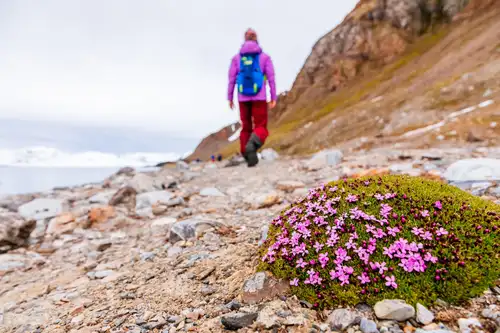
Seizing the Season: Spitsbergen’s Late Spring, Early Summer
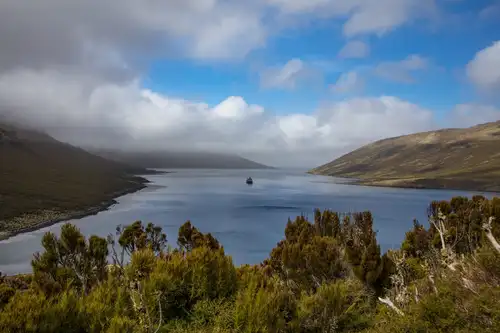
Visiting the Nearly Unknown: New Zealand’s Campbell Island
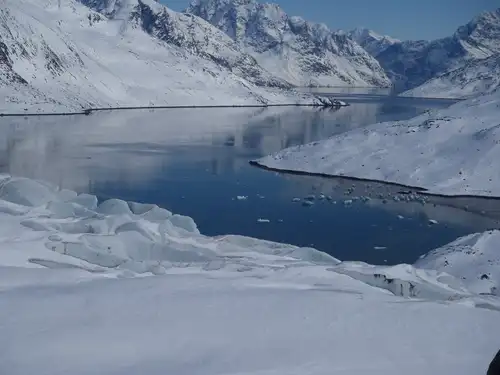
How and When Did Greenland Become Covered in Ice?
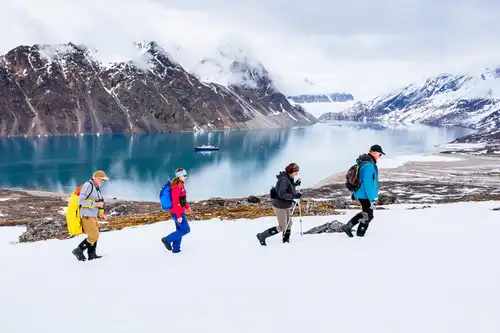
Around Spitsbergen vs. North Spitsbergen
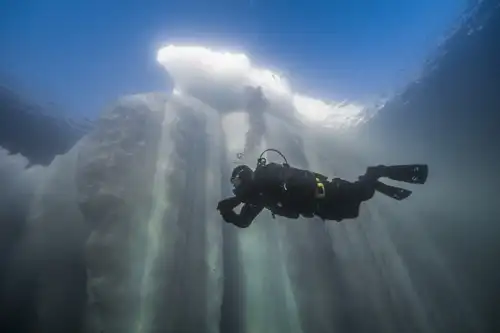
Why a Polar Diving Cruise Should be Your Next Great Decision
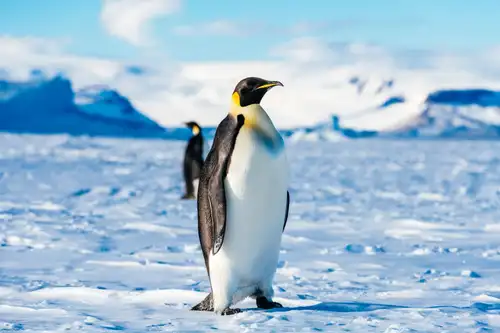
Penguins, Petrels, and Prions: Top Antarctica Bird Tour Spots
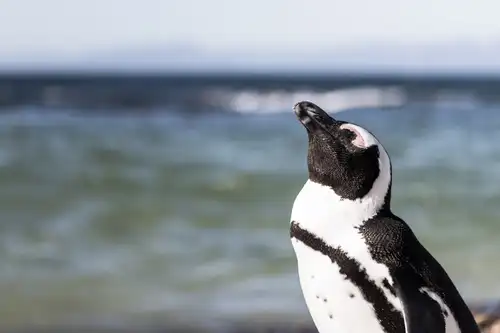
How Arctic Wildlife Differs from Antarctic
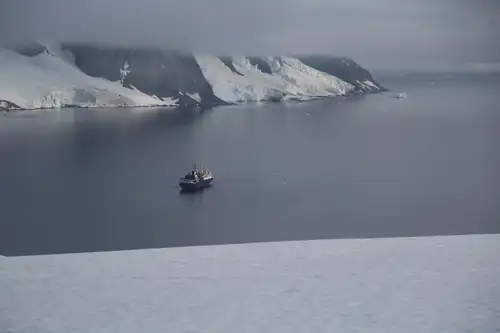
The Most Enchanting Antarctica Cruise Islands

11 Seals You May See in Antarctica or the Arctic
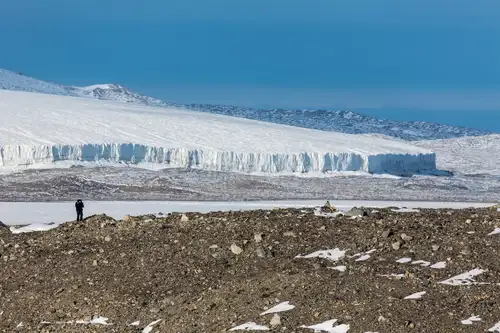
The Secret Life of Glaciers: How They Form, Move, and Melt
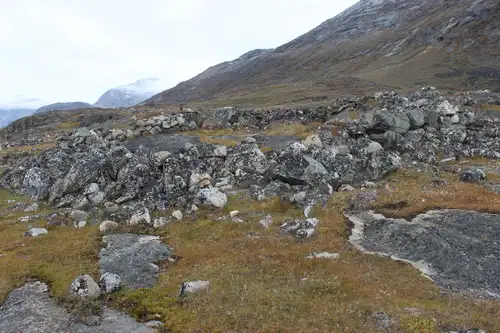
The Norse Settlement of Greenland
